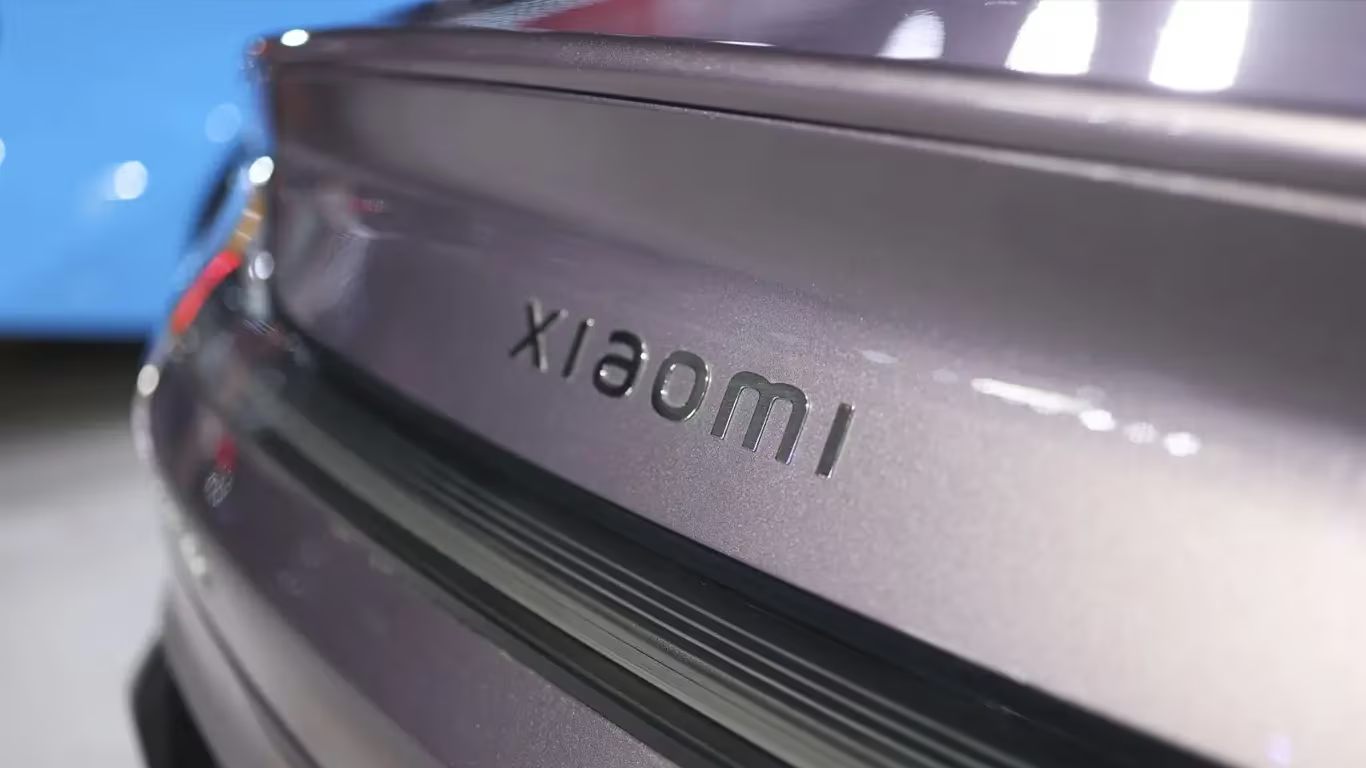Xiaomi improved its autopilot by using 10 million real-world videos to train the algorithms

Xiaomi has released a major update for its proprietary driver assistance system (ADAS) in electric cars. This update has already been rolled out to the SU7 Pro, Max and Ultra models, and will also be integrated into the new YU7 sedan model. The key improvement is a redesigned algorithm that has been trained not through simulations but based on 10 million short video clips captured by cameras, lidar and radar during real-world trips.
A redesigned algorithm that has been trained not through simulations but from 10 million short video clips captured by cameras, lidar and radar during real-world trips.

These videos, ranging from 30 seconds to a minute in length, reflect real-life road conditions: congestion, hard braking, avoiding parked cars and complex intersections. Instead of using predetermined rules, the artificial intelligence learns by taking examples from drivers’ actions, copying human behavior. The initial database contained 3 million such videos, but that has now more than tripled.
According to Xiaomi’s statement, the system has improved its performance significantly after this training. Smoothness of driving has increased by 57%, obstacle avoidance efficiency has increased by 67%, and navigation accuracy when passing intersections has increased by 23%. This results in fewer sudden movements and unpredictable maneuvers, giving the car a more predictable behavior on the road.

This ADAS upgrade is part of Xiaomi’s broader smart car strategy. The company has invested 5.79 billion yuan (approximately $807 million, roughly Rmb66.3 billion) to develop this area, with more than 1,800 engineers working on the ADAS development team and 400 test cars collecting data. Xiaomi-developed neural network MiMo is responsible for the learning process.
The Xiaomi improved its autopilot using 10 million real-world videos to train the algorithms was first published on itzine.ru.







